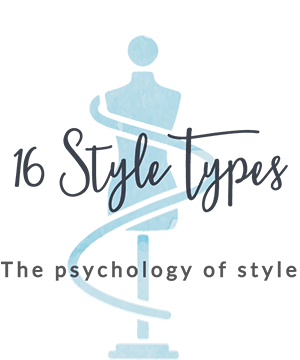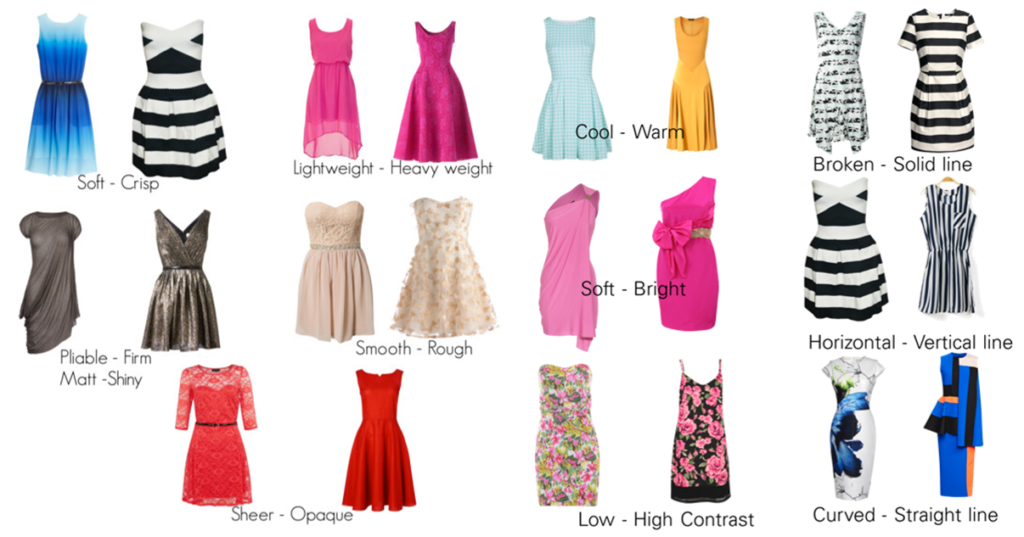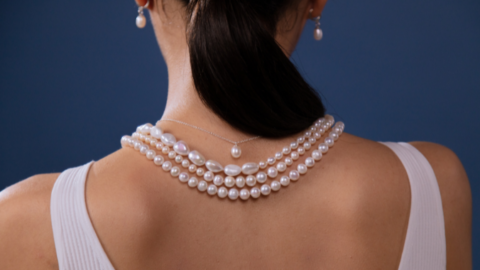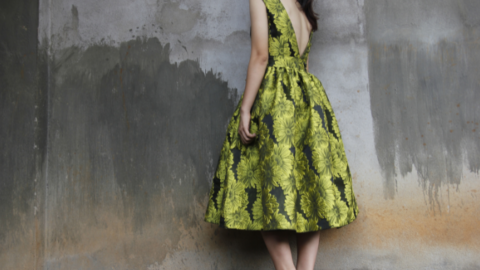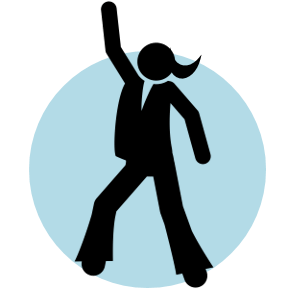
We are now going to explore Dressing Styles in the context of your lifestyle. You may find a review of the Module 5 material helpful before you get into this. We will also be referring to Pages 10 – 13 of your Style Type Report, which describes the 7 Dressing Styles including how a woman of your Style Type may access and draw on each of them.
You’re going to be invited into a series of Explorations, identifying the Dressing Styles that fit most naturally into each of your activities.
It’s expected that you will more naturally feel drawn to some Dressing Styles over others and that some will fit more naturally into your lifestyle. That said, you can access elements from every single one of the 7 Dressing Styles in a way that is authentic and useful to you.
Knowing how each communicates and where each is more appropriate will help you become the master of communicating with your visual image – and in staying true to your authentic style.
It’s now time to explore this important aspect of expressing your style – turn to page 86 of your Module 11 PDF for the explorations
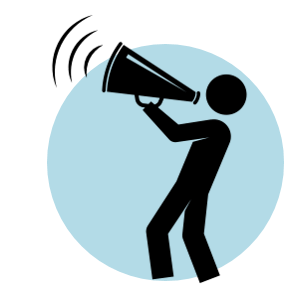
Understand How Design Communicates
Clothes and what you wear communicate, without you even opening your mouth. This is because, as human beings, we are wired to read design elements fairly universally. Design elements such as line, shape, and color all communicate something. Even sounds communicate – when they are just sounds, not even words, we attribute shapes or colors or other visual elements to them and give them some meaning.
What we wear matters, other people not only notice but use our clothing and general appearance to gather the information they use in their interactions with us. Dress codes are a factor in how you are perceived.
Knowing this, you may find it an intriguing idea to learn how to “play the game” and use this information to your advantage. You can tweak your outfits and image to communicate in a conscious way that supports your goals and vision – and you can still be authentic and true to yourself.
A key tool in being able to do this authentically is the Dressing Styles, described on Pages 10 – 13 in your Style Type Report and explored in depth in Module 5.
Additional reading:
- Read this blog post which explains how line and design elements communicate.
- You may find this a useful resource before the next set of Explorations.
- Read the 3-part series on Authenticity on the 16 Style Types blog, starting here.
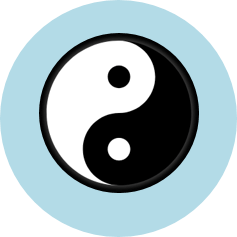
Introducing Yin and Yang
Of the design elements which communicate, Yin and Yang are most the commonly used terms for Receding and Advancing design elements.
Other ways that they can be described include:
| Yin | Yang |
| Receding | Advancing |
| Soft | Strong |
| Approachable | Authoritative |
| Feminine | Masculine |
When you think about your personality and your personal style expression, you may find that you are more naturally Yin or Yang, or you could be quite balanced between them.
You can learn to use design elements to balance your personality and harmonize with your physicality once you understand how line and design elements communicate. Next, you’ll see how we interpret these and can start exploring what you’re naturally drawn to and what you avoid.

Understanding Design Elements Using the Concept of Yin and Yang
| Design Elements | YIN: Receding Elements | YANG: advancing elements |
| Line | Curved
Broken Thin Horizontal |
Straight
Solid Thick Vertical |
| Shape | Curved
Broken spaces Small Unstructured Loose |
Straight/Angled
Open spaces Large Structured Fitted |
| Texture | Soft
Pliable Lightweight Thin Matt Smooth Sheer Gauzy Suede |
Crisp
Firm Heavyweight Thick Shiny Rough Opaque Solid Leather |
| Pattern | Natural
Flowing Small scale All-over |
Geometric
Abstract Larger scale Scattered |
| Accessories | Delicate
Fine Small pieces Matte |
Bold
Chunky Large Pieces Shiny |
| Color | Cool Overtone
Dull Low contrast |
Warm Overtone
Bright High contrast |
As you read through the Dressing Styles (Pages 10 – 13 of your Style Type Report) keep these charts and the examples next in view.
You will start to see why the Classic Dressing Style is used in formal business (it’s all about Yang elements which give you more power and authority) and the Relaxed Dressing Style is more Yin in its elements and thus is more approachable an casual. The Dramatic Dressing Style is Yang with its bold colours, sharp lines and large-scale details.

Dress Codes and Yin and Yang
When you think about different dress codes (and the 7 Dressing Styles) you will notice that the Classic and Dramatic style are made up of mostly Yang elements, whilst the Feminine style is made up of Yin elements. This is no accident. It is because these design elements communicate in these specific ways – being more authoritative or being more approachable – that we read those style elements without even realising it.
When you think about a formal business dress code outfit of a suit and button up shirt in a crisp cotton. Sharp angled collars, smooth and opaque fabric and structured construction of garments, each of these a yang element of design, each communicating to the world that you are businesslike, authoritative, strong and professional.
Now to a relaxed dress code, imagine an outfit of jeans and a soft horizontal stripe tee, a cardigan or loose unlined jacket. Here more yin elements have been included in this outfit, communicating that you’re more easy going, more relaxed, casual and approachable.
Each dress code has developed over the years to communicate certain personality traits, attitudes and beliefs. Some will be a more natural fit for you, others will feel more foreign and uncomfortable.
Now turn to page 100 of your Module 11 PDF to continue on with the module explorations.
